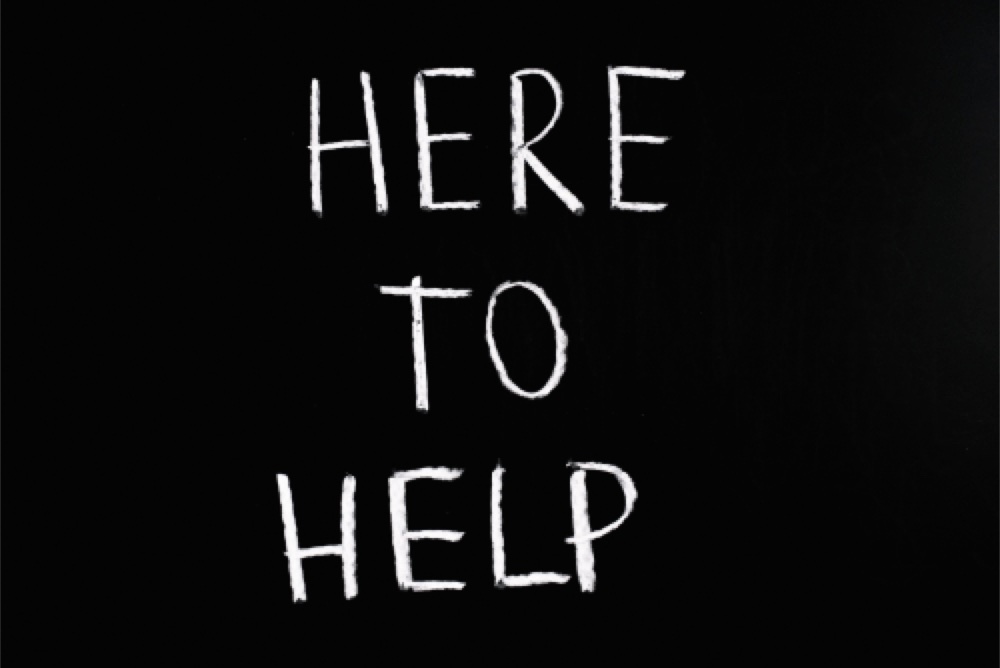
We’re talking about what to do during a crisis today. Specifically, we’re going to briefly discuss what to do during a crisis that doesn’t directly affect your brand or organization.
I’m sure many of you have heard about the Applebee’s commercial that run during CNN’s coverage of Russia’s invasion of Ukraine. In short, as CNN was coming out of some very serious coverage of the invasion and going to commercia break, an Applebee’s commercial came on, and well, it wasn’t exactly a smooth transition.
If you haven’t seen it, here’s the clip.
It’s embarrassing to say the least, but certainly harmful to the brand.
Immediately following this, Applebee’s said it was pulling its commercials during that coverage, but the damage was done, and the video has since gone viral.
But, it could have all been avoided. So, to help you, I wanted to call out three things you need to do during a significant crisis that doesn’t directly involve your brand.
For crisis directly involving your brand, that’s a different post. But for this, we’re talking about significant negative events that affect a large population.
Think natural disasters, workplace violence in your community, or the invasion of Ukraine. Anything that is going to garner significant media coverage, especially on the national or international level.
For any brands, large or small, here are three things you must remember to do during a time like that:
Advertising has gotten much more complex and integrated across various communications channels. This time it happened to be cable news, but you can’t forget about digital advertising, paid social, radio, TV and even print. Timing is everything and you need to make sure your brand is positioned appropriately wherever you advertise.
Sometimes the answer is to pause your advertising, and sometimes not. Each channels needs to be evaluated to ensure you are minimizing the risk of your brand being positioned the wrong way or at the wrong time, like Applebee’s.
If you’re not sure what to do after you’ve evaluated that channels, here’s a tip – just pause the advertising.
During uncertain times, people look for answers wherever they can get them. This can and may include your social media channels, even if the crisis has nothing directly to do with your brand. I’m not saying answer all these questions – engagement is the key.
Brands are a part of a community across social media, and as a meaningful member of the community, you should help your audiences as they process those uncertain times and look to their community for support.
We’ve posted about Internal Communications During a Crisis before, and it’s an important element here, too. Some of your employees may not be concerned during a national or international crisis. But, some of them could be extremely concerned, and for those who are less worried, you have the opportunity to build more trust and credibility with them.
Find ways to provide support for your team members. Reach out, have conversations, and provide safe places to discuss the events in a meaningful and supportive way.
There are plenty of other important things to do during an international crisis, but you should never forget these three.
Let me know if you have any others.
And here are some recent posts to help as you create your Strategic Communications campaigns, including the importance of having a strategic communications plan:
– The Purpose of Public Relations
– How To Get The Right Timing For Your Announcements
– Do I Really Need A Strategic Communications Plan?
– Tips For Managing Unethical Communications Requests
– A Meaningful Message, Or Pandering Without Purpose
– Pitching Media Like The Pros
– Don’t Let Perfect Be The Enemy Of Effective
– Wake Up. Kick Ass. Repeat.
– How to Create Content That Engages Audiences and Builds Brand Trust Quickly